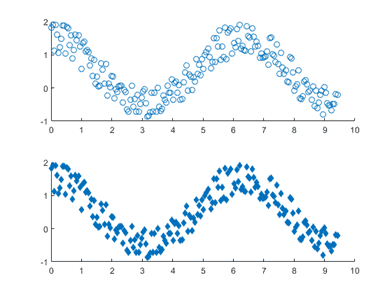

Multiple data series with similar ranges and magnitudes can share an axis, including the third axis we will discuss creating, and.

Moving forward, I will discuss this in the context of having three data series, each of which will be associated with a different axis. But I thought it might be useful to walk you through the steps in the process. But providing the additional axis, tied to the data series via its name, a person using the chart can read the scaled data against the extra axis. Then, I scale my data so it is visually meaningful on one of the two real axes that are available. My trick for adding an additional axis (or more) to an Excel chart it is create a data series that I plot vertically against the X axis which is scaled to reflect the range I need so that it spans the entire height of the chart. Having a third axis to dedicate to a third order of magnitude range (or a 4th or 5th or 6th if you needed them) makes it easier for me (and I think others) to intuitively read the chart. That worked, but it was kind of confusing in a way. Prior to the insight that lead to the technique I will show in this post, they way I dealt with the need to plot more than two data series with wildly different orders of magnitude was to scale one or more of them so they would be visually meaningful on one of the two axis I had available, and then include the scaling factor in the name of the series.įor instance, to plot the number of chillers running on the same axis as temperature, I might have multiplied the number of chillers running by 10 and then plotted it as Number of Chillers Running x 10.


 0 kommentar(er)
0 kommentar(er)
